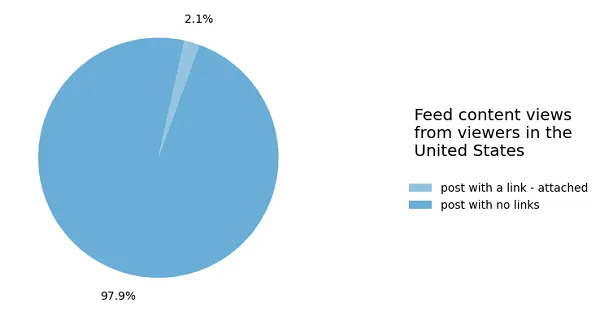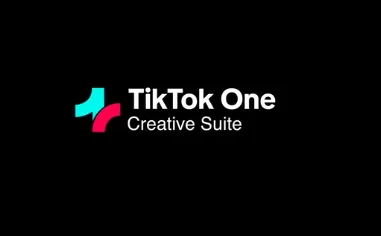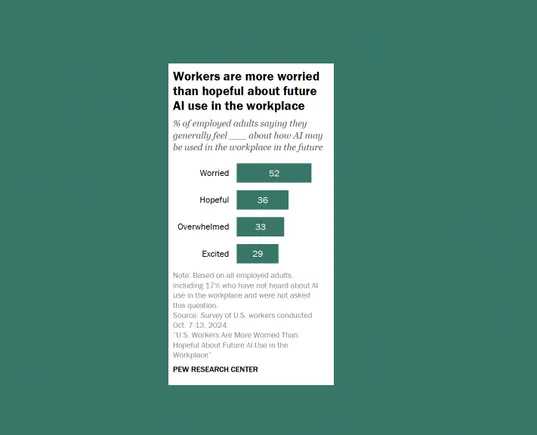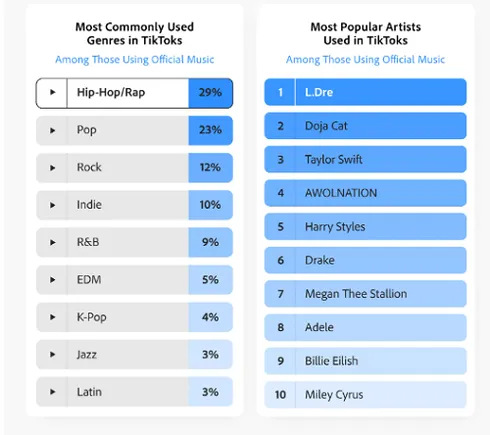According to a global study of 14,000 workers in late 2023 by Salesforce, already by that time 28 percent of workers used GenAI at work—more than half without having received formal approval. A 2023 McKinsey report had similar findings. No doubt, by now the numbers are far higher.
Instead of focusing on a centralized command-and-control approach, recognizing and leveraging these early adopters can provide a strategic advantage, helping to integrate GenAI effectively into your company’s L&D programs to boost both effectiveness and efficiency. Indeed, a recent study from Harvard Business School researchers partnering with Boston Consulting Group provides robust evidence of AI’s transformative potential, showing that consultants with access to GenAI completed tasks 22 percent faster and 40 percent better than those who did not. So how do you get similar benefits?
Uncovering the Hidden GenAI Pioneers
Conduct an internal survey to identify who uses GenAI and how they use it. Ask questions focusing on the types of tools employees use, the frequency of use and specific applications within their work. For instance, do they use AI for data analysis, content generation or automating routine tasks? These details help map the current landscape of GenAI usage within your organization.
Reassure employees that it’s acceptable to use GenAI in their work, even without a formal policy. Clearly communicate that your goal is to learn from their experiences, not to penalize them. Incentivize participation by offering rewards such as recognition, bonuses or professional development opportunities. This approach alleviates fears and encourages honest and comprehensive responses.
Identify individuals who use GenAI effectively and creatively once you analyze the survey results. These informal leaders possess valuable insights into the practical applications of GenAI and can offer firsthand knowledge about the challenges and benefits of these tools.
Developing Best Practices from GenAI Pioneers
Harness the expertise of your GenAI pioneers to develop best practices tailored to your organizational context. Create a collaborative environment where these early adopters share their experiences and insights.
Form a task force comprising your identified pioneers, L&D professionals and IT specialists. This group develops guidelines and best practices for using GenAI in the company. Hold regular meetings and workshops to facilitate knowledge exchange and collaboration.
Pilot these best practices within a small, controlled group before rolling out GenAI tools company-wide. Use this phase to gather feedback, refine the guidelines and address any unforeseen challenges. Pilots allow for adjustments and ensure that the final practices are robust and practical.
Document the refined best practices clearly and accessibly. Create comprehensive guides, FAQs and video tutorials that employees can easily access. Leverage your company’s intranet or an L&D platform to distribute these resources effectively.
Integrating GenAI Pioneers into Organizational Learning
Embed GenAI knowledge into your organization’s learning and development programs to ensure all employees benefit from the pioneers’ expertise and align the use of GenAI with your company’s strategic goals.
First, incorporate GenAI modules into existing training programs. Cover the basics of GenAI, its applications and the specific best practices developed by your task force. Offer both online courses and in-person workshops to cater to different learning preferences.
More broadly, establish a culture that encourages ongoing education and skill development to keep up with the rapid pace of AI development. Regularly update training materials to reflect the latest advancements in GenAI and provide opportunities for employees to attend conferences, webinars and other learning events.
As part of doing so, promote a culture of peer learning where employees share their GenAI experiences and tips with each other. Facilitate this through internal forums, lunch-and-learn sessions and mentoring programs. Recognize and reward employees who contribute to this knowledge-sharing culture to further motivate participation.
Examples of Successful GenAI Learning Initiatives
Pair employees with successful early GenAI adopters to facilitate knowledge sharing and skill development. This approach builds stronger professional relationships and fosters a collaborative learning environment. Peer mentoring encourages employees to learn from each other’s experiences, providing practical insights and real-world applications of GenAI.
For instance, one of my clients who I am helping integrate GenAI, a mid-size tech company, paired early adopter employees who volunteered as peer mentors and trainers with colleagues, covering diverse GenAI topics from coding to content creation to prompting. This enhanced collaboration and knowledge exchange across teams, resulting in increased confidence among employees in using GenAI tools, leading to higher productivity and innovation.
Host hands-on workshops and seminars to provide in-depth training on GenAI tools and techniques, encouraging the practical application of learned skills by incorporating real-world scenarios and interactive exercises. For example, another client, a regional insurance company organized regular workshops on GenAI implementation, focusing on practical applications relevant to their industry. Participants gained hands-on experience with AI tools, learning how to integrate them into their daily workflows. These workshops not only improved individual and team efficiency but also sparked new ideas for leveraging AI to enhance customer service and streamline operations.
Break down complex GenAI topics into short, focused lessons using videos, quizzes and interactive content to allow employees to learn at their own pace. A regional financial services company with which I worked offered microlearning courses in GenAI, providing flexible learning paths tailored to individual needs. Employees could access lessons on-demand, increasing engagement and participation in training programs. The microlearning modules covered a wide range of topics, from basic AI principles to advanced data analysis techniques, resulting in improved employee skills and productivity.
Incorporate game elements like points, leaderboards and badges into training programs. Another client, a large professional services firm, introduced gamified training for GenAI skills, incorporating elements such as points for completed modules, leaderboards to track progress, and badges for milestones achieved. This approach significantly improved engagement and course completion rates. Employees found the gamified elements motivating and enjoyable, leading to higher participation and retention of skills. The competitive aspect encouraged employees to strive for excellence, while the collaborative features facilitated teamwork and knowledge sharing, resulting in a marked increase in the practical application of GenAI skills across the organization.
Track learning progress and outcomes to identify skills gaps and training needs. Use data to personalize learning experiences based on insights, continuously improving programs based on feedback and data. Encourage a growth mindset among employees by providing opportunities for ongoing education and development. Recognize and reward learning achievements and integrate learning into daily work routines. Align learning initiatives with organizational goals. Engage leadership in promoting a learning culture, foster a collaborative and supportive learning environment, and celebrate successes and milestones in learning journeys.
By doing so, you will effectively integrate GenAI into your company’s learning and development, harnessing the expertise within your organization to drive innovation and efficiency and ensure your company stays ahead of the curve in the evolving GenAI landscape. The time to act is now, and the key lies in the untapped potential of your own workforce.






































































